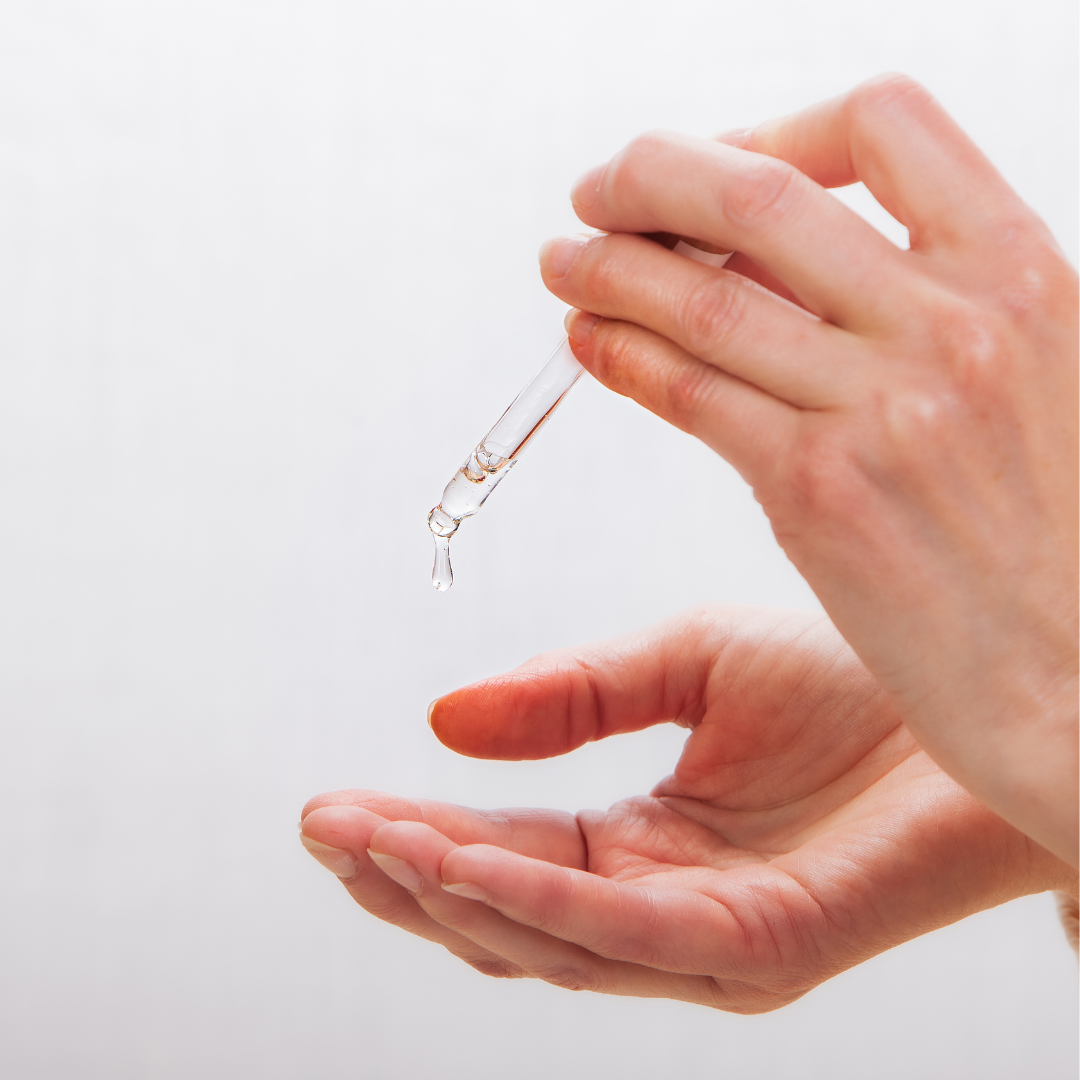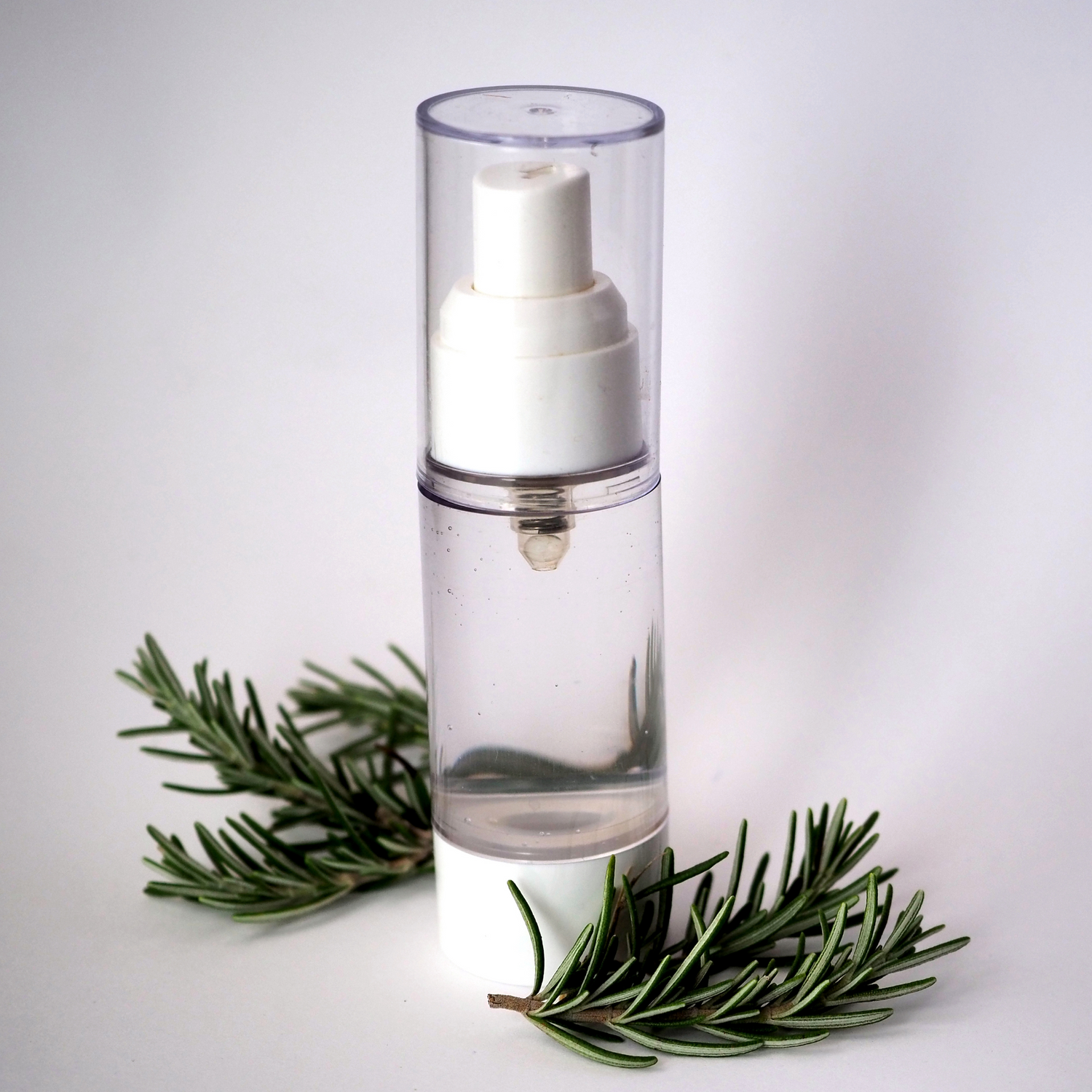Hyaluronic acid has become an undisputed star in the world of beauty and skin health. With its hydrating and plumping properties, it has become the darling ingredient of anti-aging creams and hydrating serums. But did you know that there are different forms of hyaluronic acid, including low- and high-potency hyaluronic acid? In this article, we'll explore these two types of hyaluronic acid and discover their benefits for the skin.
What is hyaluronic acid?
Before diving into the details of low and raw hyaluronic acid, let's briefly review what hyaluronic acid is. It's a substance naturally present in our bodies, specifically in our skin, joints, and eyes. It's a glycosaminoglycan, a polysaccharide molecule, which has the ability to retain water up to approximately 1000 times its molecular weight. This remarkable property makes it a highly effective skin moisturizer. Due to its unique molecular structure, this allows it to maintain optimal skin hydration and smooth the appearance of fine lines and wrinkles.
Low hyaluronic acid:
Low-molecular-weight hyaluronic acid, as the name suggests, refers to a form of hyaluronic acid with a low molecular weight. This means the molecule chains are shorter, making them easier to penetrate the skin. Unlike other forms of hyaluronic acid, low-molecular-weight hyaluronic acid can reach the deepest layers of the skin, providing intense hydration, which helps prevent wrinkles.
Products containing low-grade hyaluronic acid are often recommended for dry, dehydrated, or mature skin. Their ability to retain water helps restore skin hydration, reducing the appearance of fine lines and wrinkles.
Raw hyaluronic acid:
On the other hand, raw hyaluronic acid is a less processed form of this substance. Unlike low-grade hyaluronic acid, raw hyaluronic acid has higher molecular weight molecules, meaning it stays on the skin's surface without penetrating as deeply. It provides an instant plumping effect.
It acts as a powerful moisturizer by forming a protective film on the skin's surface, helping to retain moisture and prevent transepidermal water loss. This makes it an excellent choice for all skin types, especially those looking to maintain hydration throughout the day.
The benefits of low and raw hyaluronic acid:
By combining both forms of hyaluronic acid in your skincare routine, you can benefit from optimal hydration both deep and superficially. Low-grade hyaluronic acid works to hydrate the deeper layers of the skin, while raw hyaluronic acid plumps and provides continuous hydration by forming a protective film on the surface.
Additionally, hyaluronic acid is not only an excellent moisturizer, but it also has soothing and anti-inflammatory properties. This makes it a versatile ingredient that can help calm irritated and sensitive skin while providing intense hydration.







